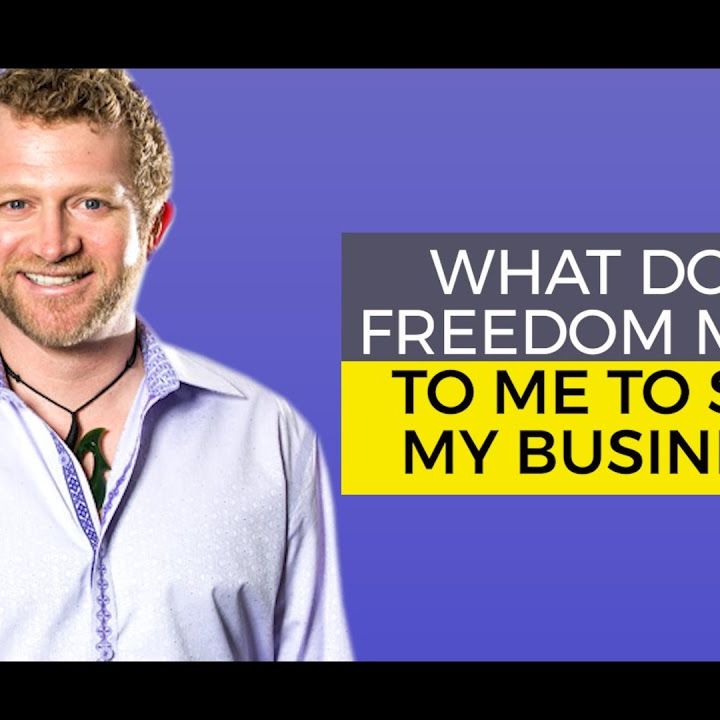To keep learning and advancing your career, the list below resources will be useful:.
Growth equity is frequently described as the private financial investment strategy inhabiting the happy medium between equity capital and traditional leveraged buyout methods. While this may be real, the method has actually progressed into more than just an intermediate personal investing approach. Growth equity is frequently referred to as the private financial investment method inhabiting the middle ground between endeavor capital and conventional leveraged buyout techniques.

Yes, No, END NOTES (1) Source: National Center for the Middle Market. (2) Source: Credit Suisse, "The Incredible Diminishing Universe of Stocks: The Causes and Repercussions of Less U.S.
Alternative investments option financial investments, intricate investment vehicles financial investment automobiles not suitable for ideal investors - . An investment in an alternative investment entails a high degree of threat and no assurance can be offered that any alternative investment fund's investment goals will be achieved or that financiers will get a return of their capital.
This market info and its significance is an opinion just and ought to not be relied upon as the only essential info offered. Info consisted of herein has actually been acquired from sources thought to be reputable, however not guaranteed, and i, Capital Network presumes no liability for the information supplied. This info is the property of i, Capital Network.
they use take advantage of). This financial investment method has actually helped coin the term "Leveraged Buyout" (LBO). LBOs are the main investment strategy type of the majority of Private Equity firms. History of Private Equity and Leveraged Buyouts J.P. Morgan was considered to have actually made the first leveraged buyout in history with his purchase of Carnegie Steel Company in 1901 from Andrew Carnegie and Henry Phipps for $480 million.
As mentioned earlier, the most well-known of these offers was KKR's $31. 1 billion RJR Nabisco buyout. This was the biggest leveraged buyout ever at the time, lots of individuals believed at the time that the RJR Nabisco deal represented the end of the private equity boom of the 1980s, due to the fact that KKR's investment, nevertheless well-known, was eventually a substantial failure for the KKR financiers who purchased the business.

In addition, a lot of the cash that was raised in the boom years (2005-2007) still has yet to be utilized for buyouts. This overhang of dedicated capital avoids many investors from devoting to invest in brand-new PE funds. Overall, it is estimated that PE companies manage over $2 trillion in properties around the world today, with near $1 trillion in dedicated capital offered to make new PE financial investments (this capital is in some cases called "dry powder" in the market). entrepreneur tyler tysdal.
A preliminary financial investment could be seed funding for the company to begin developing its operations. Later, if the business shows that it has a feasible item, it can acquire Series A financing for more development. A start-up business can complete several rounds of series funding prior to going public or being obtained by a financial sponsor or tactical buyer.
Leading LBO PE firms are characterized by their big fund size; they have the ability to make the biggest buyouts and take on the most financial obligation. LBO transactions come in all shapes and sizes. Total deal sizes can vary from 10s of millions to 10s of billions of dollars, and can occur on target companies in a large range of https://medium.com/@hansrexb838/private-equity-financing-pros-and-cons-of-private-equity-2021-4f361f7535e7?source=your_stories_page---------------------------------------- markets and sectors.
Prior to performing a distressed buyout chance, a distressed buyout firm needs to make judgments about the target company's value, the survivability, the legal and restructuring problems that might occur (ought to the business's distressed assets require to be restructured), and whether or not the financial institutions of the target company will become equity holders.
The PE company is needed to invest each particular fund's capital within a duration of about 5-7 years and after that generally has another 5-7 years to offer (exit) the financial investments. PE companies typically use about 90% of the balance of their funds for new financial investments, and reserve about 10% for capital to be utilized by their portfolio companies (bolt-on acquisitions, extra offered capital, etc.).
Fund 1's dedicated capital is being invested over time, and being gone back to the minimal partners as the portfolio business because fund are being exited/sold. As a PE firm nears the end of Fund 1, it will require to raise a new fund from new and existing restricted partners to sustain its operations.